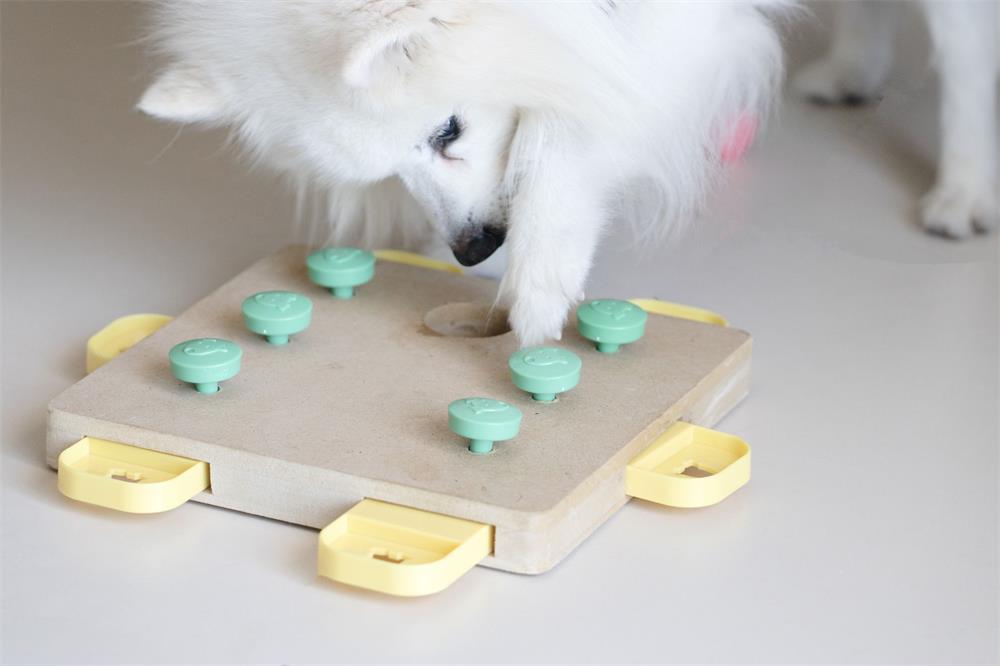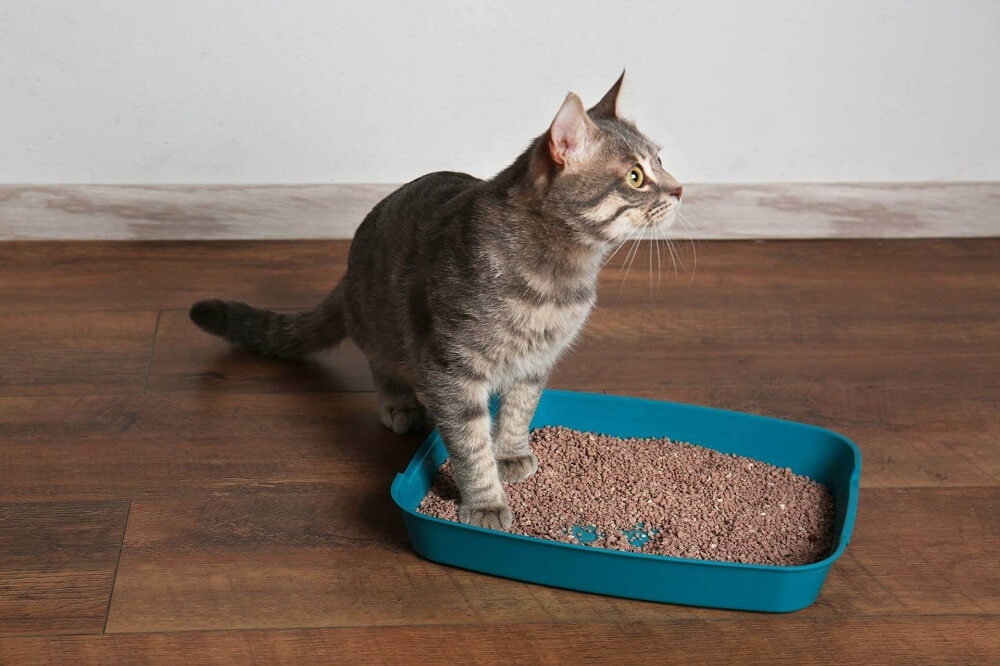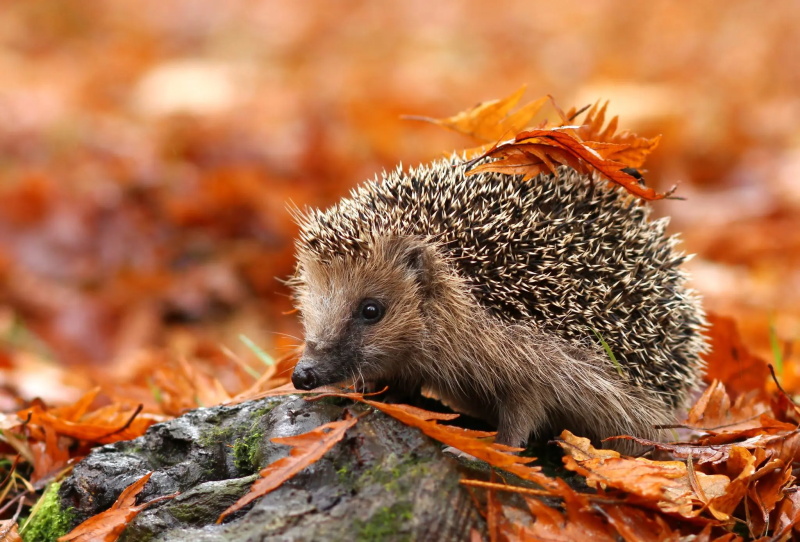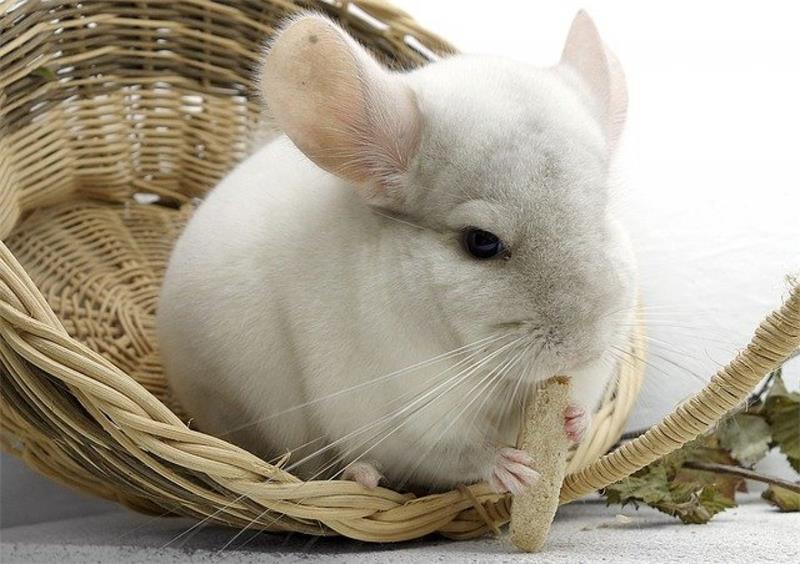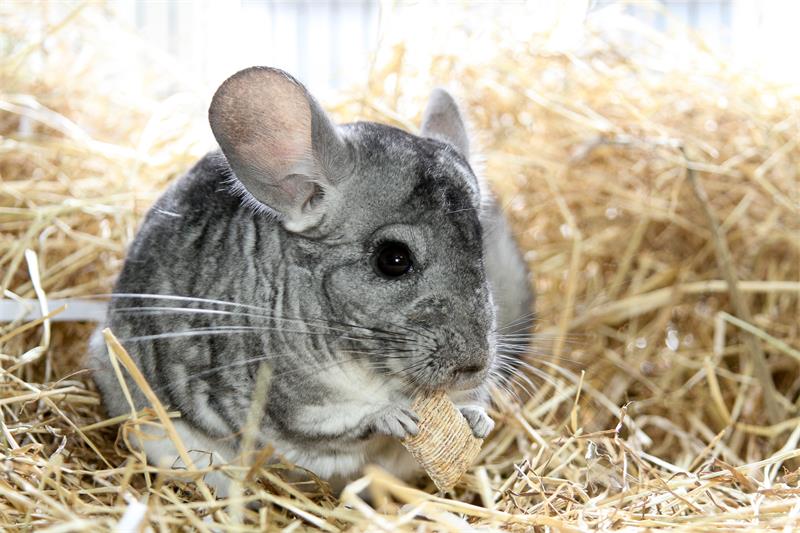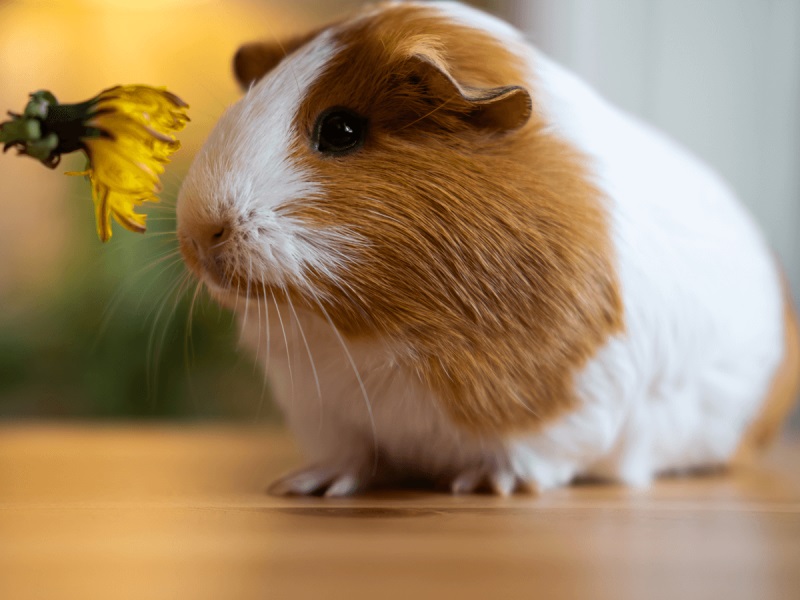
Table of Contents
Guinea pigs are adorable and friendly pets that can bring joy and companionship to your family. They are social animals that need proper care, attention, and interaction to thrive and be happy. If you are thinking of getting a guinea pig or already have one, here are some tips on how to take care of your furry friend.
Housing
Guinea pigs need a spacious and comfortable cage to live in. The cage should have a solid bottom, as wire flooring can hurt their feet and cause infections. The cage should also have a lid or high walls to prevent your guinea pig from escaping or being attacked by other pets.
The minimum cage size for one guinea pig is 7.5 square feet, but bigger is always better. If you have more than one guinea pig, you will need at least 8-10 square feet of space for them to coexist peacefully. Guinea pigs are social animals that prefer to live in pairs or small groups of the same sex or neutered males and females.
The cage should be lined with a few inches of bedding to absorb urine and feces and keep your guinea pig comfortable. You can use paper bedding, wood shavings, or fleece as bedding materials, but avoid cedar chips as they can cause respiratory problems. Aspen or kiln-dried pine are safe wood options for guinea pigs, but make sure they are not too dusty or smelly. Paper bedding is absorbent and soft, but it can get smelly quickly and needs to be changed frequently. Fleece is cozy and reusable, but it needs to be washed regularly and have an absorbent layer underneath.
The cage should be placed in a location where your guinea pig can see and interact with you and your family regularly, such as a living room, bedroom, or hallway. Avoid placing the cage in direct sunlight, near drafts, or near sources of loud noise or strong smells. Guinea pigs are sensitive to temperature changes and can suffer from heat stress or hypothermia if exposed to extreme temperatures. The ideal temperature range for guinea pigs is 18-25°C (64-77°F).
The cage should also contain some accessories and toys to keep your guinea pig entertained and stimulated. You should provide your guinea pig with a hideout, such as a wooden house, a cardboard box, or a tunnel, where they can retreat and feel safe. You should also give them some chew toys, such as wooden blocks, sticks, or balls, to help them wear down their teeth and prevent dental problems. You can also add some enrichment items, such as tunnels, ramps, bridges, or platforms, to encourage your guinea pig to explore and exercise.
You should spot clean your guinea pig’s cage daily by removing any wet or soiled bedding, food scraps, or droppings. You should also wash their water bottle and food dish daily with hot water and soap. You should deep clean the cage once a week by removing all the bedding and accessories and wiping down the cage with a mild disinfectant. Rinse the cage well and let it dry before adding fresh bedding and accessories.
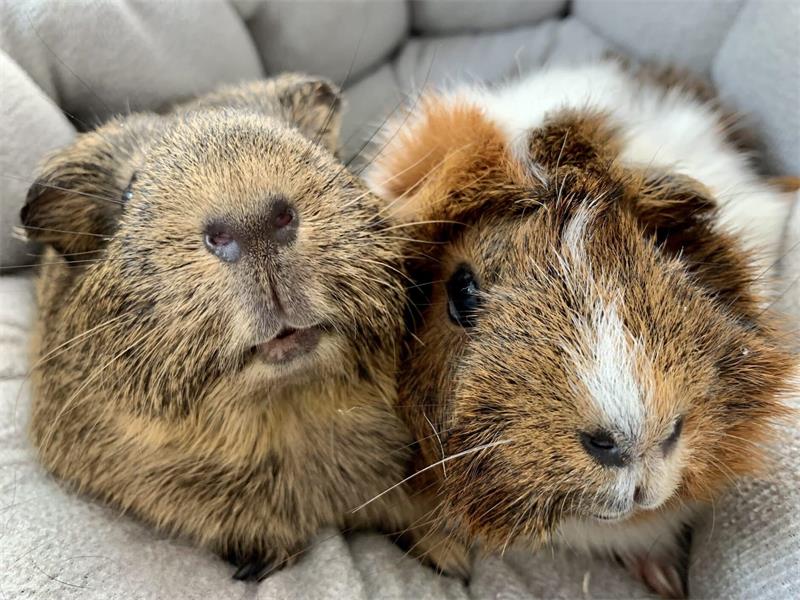
Feeding
Guinea pigs need a balanced and varied diet to stay healthy and happy. Their diet should consist of three main components: hay, pellets, and fresh vegetables.
Hay is the most important part of your guinea pig’s diet, as it provides them with fiber, vitamins, minerals, and dental health benefits. You should provide your guinea pig with unlimited access to fresh grass hay or grass hay mixtures at all times. Avoid alfalfa hay as it is too high in calcium and protein for adult guinea pigs.
Pellets are a supplementary source of nutrients for your guinea pig that should be given in moderation. You should choose pellets that are specially formulated for guinea pigs and contain vitamin C, as guinea pigs cannot produce this vitamin on their own and need it to prevent scurvy. You should give your guinea pig about 1/8 cup of pellets per day per piggy.
Fresh vegetables are another important part of your guinea pig’s diet that provide them with moisture, vitamins, minerals, and antioxidants. You should give your guinea pig a variety of leafy greens and herbs every day, such as lettuce, kale, parsley, cilantro, basil, mint, dill, etc. You can also give them some other vegetables occasionally, such as carrots, bell peppers, cucumber, zucchini, etc., but avoid giving them too much as they can cause gas or diarrhea. You should avoid giving your guinea pig any fruits or sugary treats as they can cause obesity or dental problems.
You should also provide your guinea pig with fresh water at all times in a hanging water bottle or a bowl. You should change the water daily and clean the bottle or bowl regularly to prevent algae or bacteria growth.
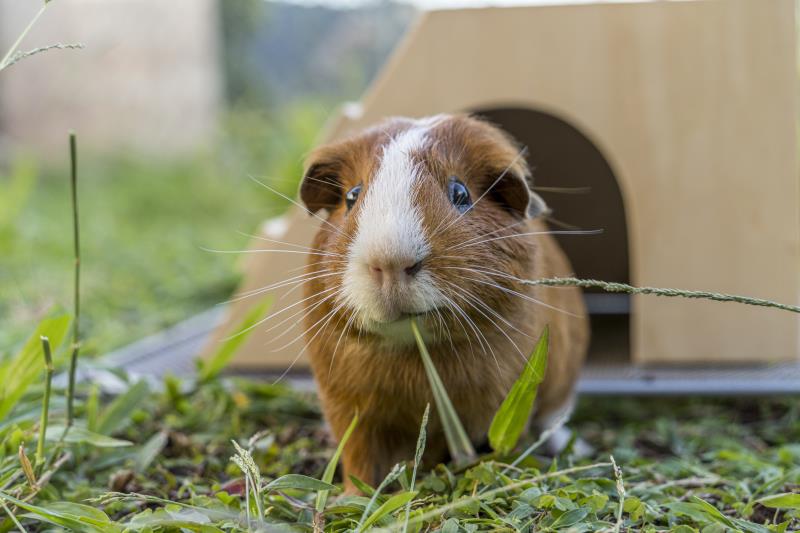
Grooming
Guinea pigs are generally clean animals that groom themselves and each other, but they may need some help from you to keep their fur, skin, nails, and teeth in good condition.
Guinea pigs rarely need baths, but you can spot clean them with a damp cloth or unscented baby wipes if they get dirty or smelly. You can also use a mild, unmedicated soap if needed, but make sure to rinse it off thoroughly and dry your guinea pig well. You should avoid bathing your guinea pig too often as it can strip their natural oils and cause skin problems.
Guinea pigs with long hair, such as Peruvians, Shelties, or Silkies, need more grooming than short-haired breeds. You should brush their fur a few times a week with a soft brush to prevent tangles, mats, or debris. You can also trim their fur with scissors or clippers to keep it neat and clean, especially around their eyes, ears, mouth, and bottom.
Guinea pigs need their nails trimmed regularly to prevent them from curling, splitting, or injuring themselves or you. You can use a pair of nail clippers or scissors designed for small animals to cut the tips of their nails every 4-6 weeks. You should avoid cutting the quick, which is the pink part of the nail that contains blood vessels and nerves. If you accidentally cut the quick, you can use styptic powder or cornstarch to stop the bleeding.
Guinea pigs also need their teeth checked regularly to make sure they are not overgrown, misaligned, or broken. Guinea pigs have constantly growing teeth that need to be worn down by chewing hay and other hard foods. If their teeth are not worn down properly, they can cause pain, infection, or difficulty eating. You can check your guinea pig’s teeth by gently lifting their lips and looking at their front incisors. They should be even, white, and not too long. If you notice any signs of dental problems, such as drooling, weight loss, bad breath, or reduced appetite, you should take your guinea pig to a vet as soon as possible.
Exercise and Socialization
Guinea pigs are active and curious animals that need plenty of exercise and socialization to stay fit and happy. You should provide your guinea pig with at least one hour of supervised playtime outside their cage every day. You can set up a safe and spacious play area for your guinea pig in a room or an enclosed outdoor space. You can use a pen, a fence, or a cardboard box to create boundaries for your guinea pig and protect them from predators or hazards.
You can also enrich your guinea pig’s playtime by adding some toys and activities to stimulate their senses and challenge their minds. You can use items such as cardboard tubes, paper bags, boxes, tunnels, balls, bells, rattles, etc., to create obstacles and hiding places for your guinea pig. You can also hide some treats or fresh vegetables in their toys or around the play area to encourage them to forage and explore.
Guinea pigs are social animals that enjoy the company of humans and other guinea pigs. You should spend some time with your guinea pig every day by talking to them, petting them, holding them, or playing with them. You should handle your guinea pig gently and carefully by supporting their body with both hands and holding them close to your chest. You should avoid picking up your guinea pig by their ears, legs, tail, or scruff as it can hurt them or make them scared.
You should also consider getting another guinea pig of the same sex or a neutered male/female pair as a companion for your guinea pig. Guinea pigs are happier and healthier when they have a friend to cuddle with, groom with, play with, and communicate with. However, you should make sure that both guinea pigs are healthy, compatible, and have enough space and resources to share. You should introduce them gradually and monitor their behavior for any signs of aggression or stress.
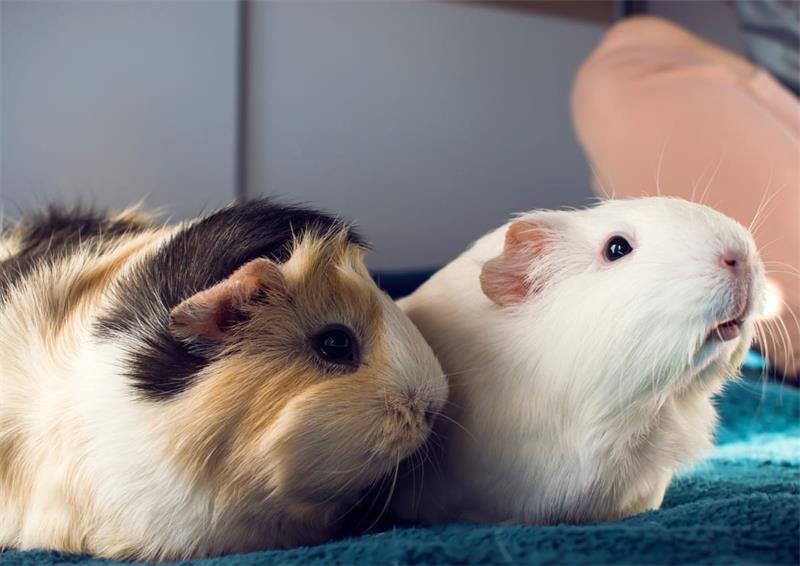
Health Care
Guinea pigs are generally healthy animals, but they can suffer from some common health issues, such as respiratory infections, urinary tract infections, parasites, scurvy, bloat, etc. You should monitor your guinea pig’s health regularly by checking their weight, appetite, activity level, breathing, eyes, ears, nose, mouth, fur, skin, nails, and teeth. You should also observe their droppings and urine for any changes in color, consistency, or frequency.
You should take your guinea pig to a vet for a wellness check-up at least once a year or more often if they are young, old, or sick. You should also take your guinea pig to a vet immediately if you notice any signs of illness or injury, such as sneezing, coughing, wheezing, discharge, blood, swelling, limping, lethargy, loss of appetite, diarrhea, constipation, etc. You should find a vet that is experienced and knowledgeable in treating guinea pigs and other exotic animals.
You should also prevent your guinea pig from getting sick or injured by providing them with a clean, safe, and comfortable environment. You should keep their cage away from drafts, direct sunlight, loud noises, strong smells, or other pets that can stress or harm them. You should also keep their cage clean and dry by changing their bedding and accessories regularly and disinfecting their cage weekly. You should also provide them with fresh water and food daily and avoid giving them any foods that are toxic or unhealthy for them.
You should also protect your guinea pig from parasites by keeping them away from wild animals or other pets that can carry fleas, mites, lice, worms, etc. You should also check your guinea pig’s fur and skin regularly for any signs of infestation or irritation. If you suspect that your guinea pig has parasites, you should take them to a vet for diagnosis and treatment.
You should also supplement your guinea pig’s diet with vitamin C to prevent scurvy. Scurvy is a condition caused by vitamin C deficiency that can cause symptoms such as bleeding gums, joint pain, weight loss, weakness, etc. Guinea pigs cannot produce vitamin C on their own and need to get it from their food or supplements. You can give your guinea pig vitamin C-rich foods such as leafy greens and bell peppers daily or add vitamin C drops or tablets to their water or food.
Conclusion
Guinea pigs are wonderful pets that can enrich your life with their personality and charm. They are not difficult to care for if you follow some basic guidelines and provide them with love and attention. By following this guide on how to take care of a guinea pig, you can ensure that your guinea pig will live a long, healthy, and happy life with you.



